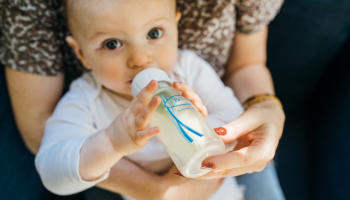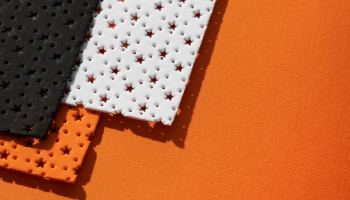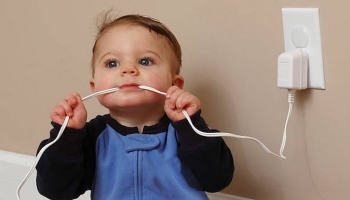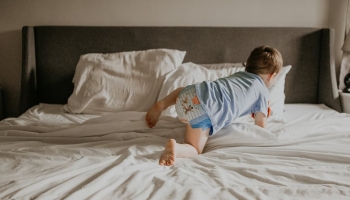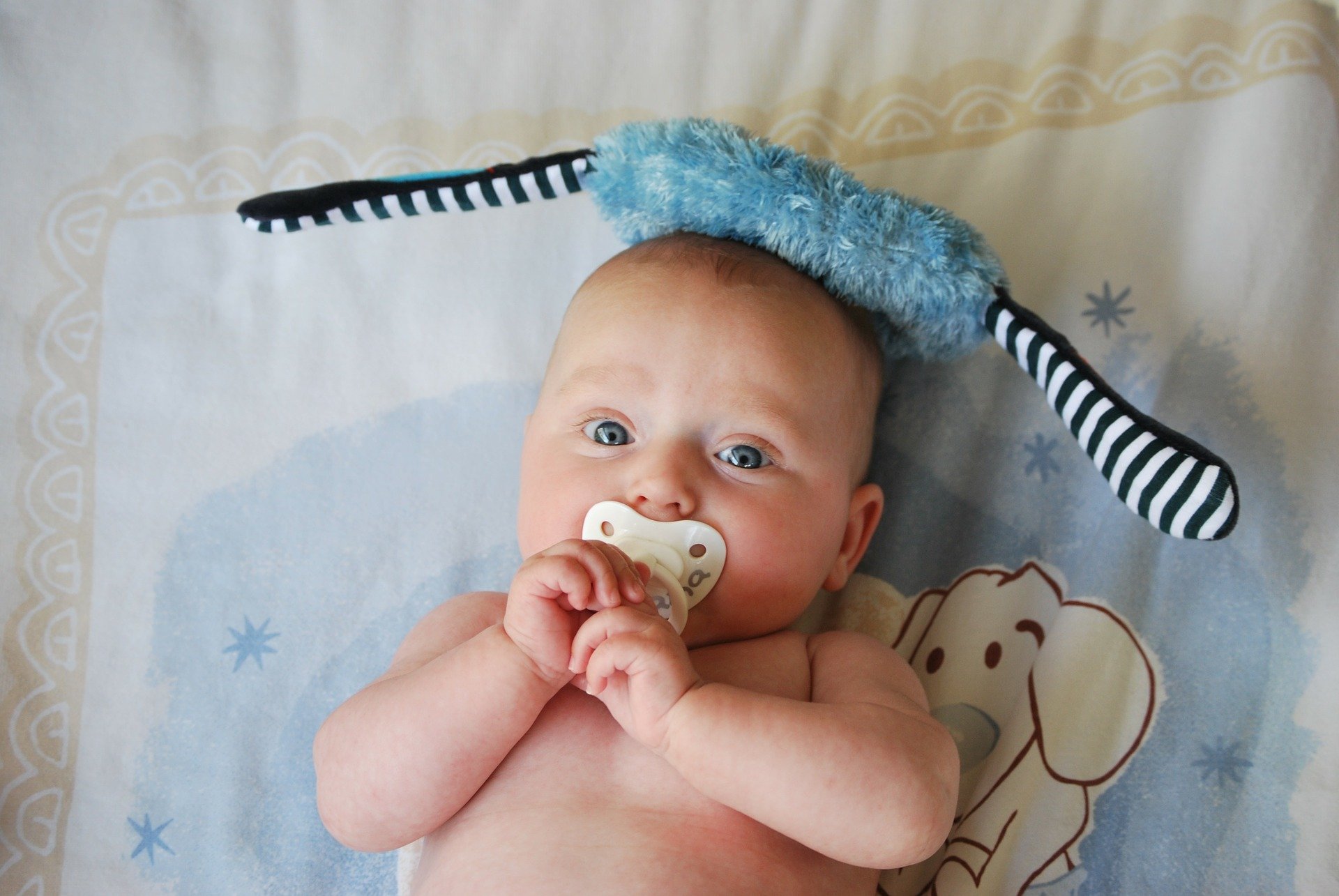
Every parent wants their little munchkin to grow healthy and safe. That’s where keeping their bottles, pacifiers, and bottle nipples germ-free comes into play. But, if you’ve never had experience with babies, then you know how hard it can be to keep track of everything on a busy day. Parents interested in the right ways to sterilize a pacifier or artificial nipple have come to the right place! We prepared a simple guide that will show you the ropes.
How to Clean Pacifiers?
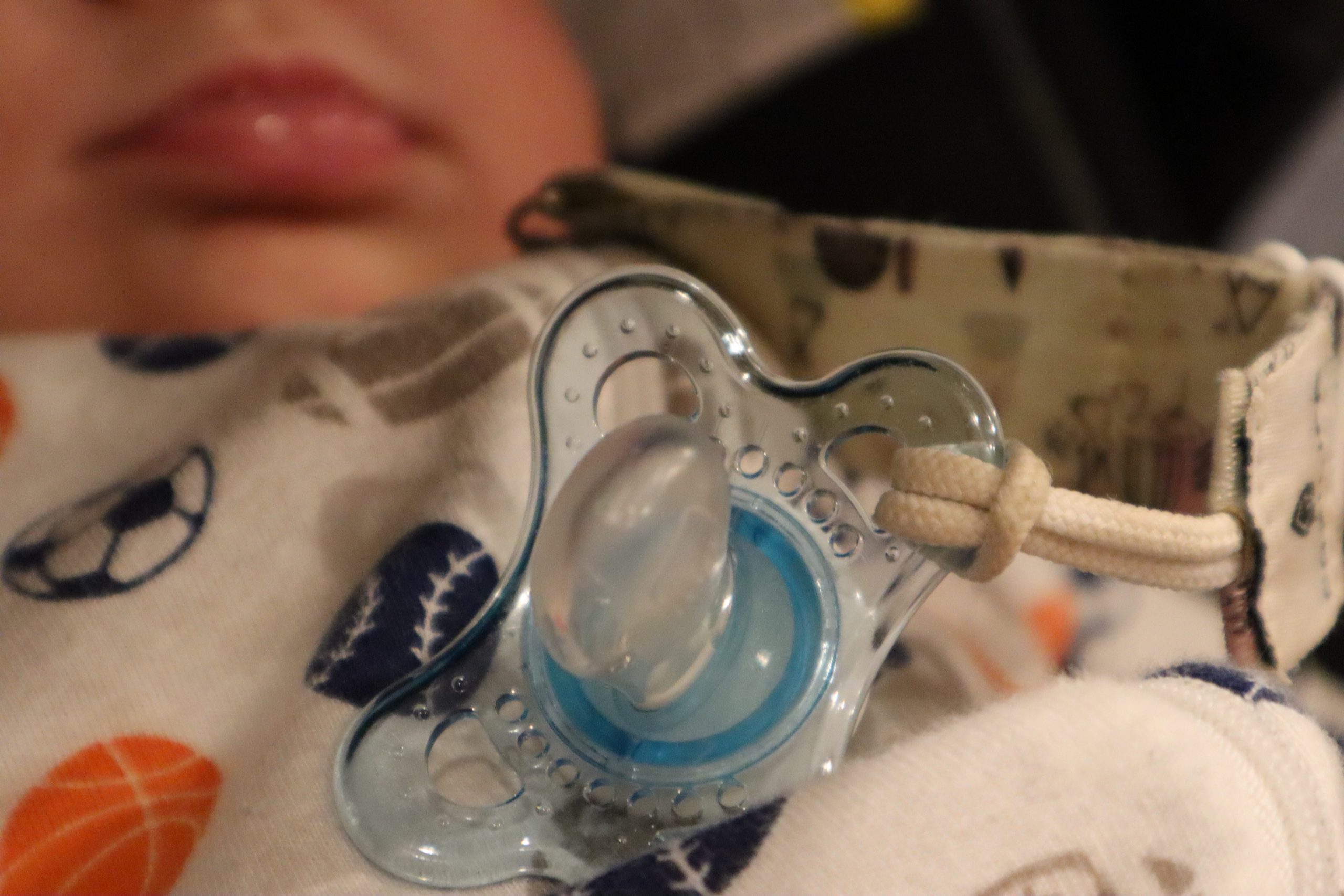
Although the baby won’t get very ill from licking a dirty pacifier, you should still keep the pacifier pristine and clean. That’s because the baby can drop the pacifier on the floor or place it on a car seat, countertop, carpet, or any other dirty surface. When the item touches these surfaces, it can collect bacteria and viruses. According to the Cleveland Clinic, a dirty pacifier could spread thrush. This is a typical fungal infection recognized by troublesome mouth sores and white patches.
When the artificial nipple lands on any surface other than the baby’s mouth, clean it before the child puts it back in their mouth. That way, you can reduce the possibility of the baby getting sick. Plus, cleaning pacifiers is not rocket science. A simple rinse in the kitchen sink with dish soap and hot water will do the job.
Extra Tips: Keep a duplicate clean pacifier on hand if the other gets filthy.
Can I Use Pacifier Wipes?
Packaged pacifier wipes can make for a practical problem solver when you are in a pickle, especially when there isn’t a sink nearby. However, they are not as efficient as good old water and soap. Rather, you can use them temporarily and wash the pacifier when you return home.
Extra Tips: If the pacifier looks worn or has cracks, throw it away and get a new one.
Sterilizing a Pacifier for Extra Cleanliness
Sterilize the pacifier after you buy them. There are many ways you can do that. Here, you can see the most practical ways to sterilize nipples.
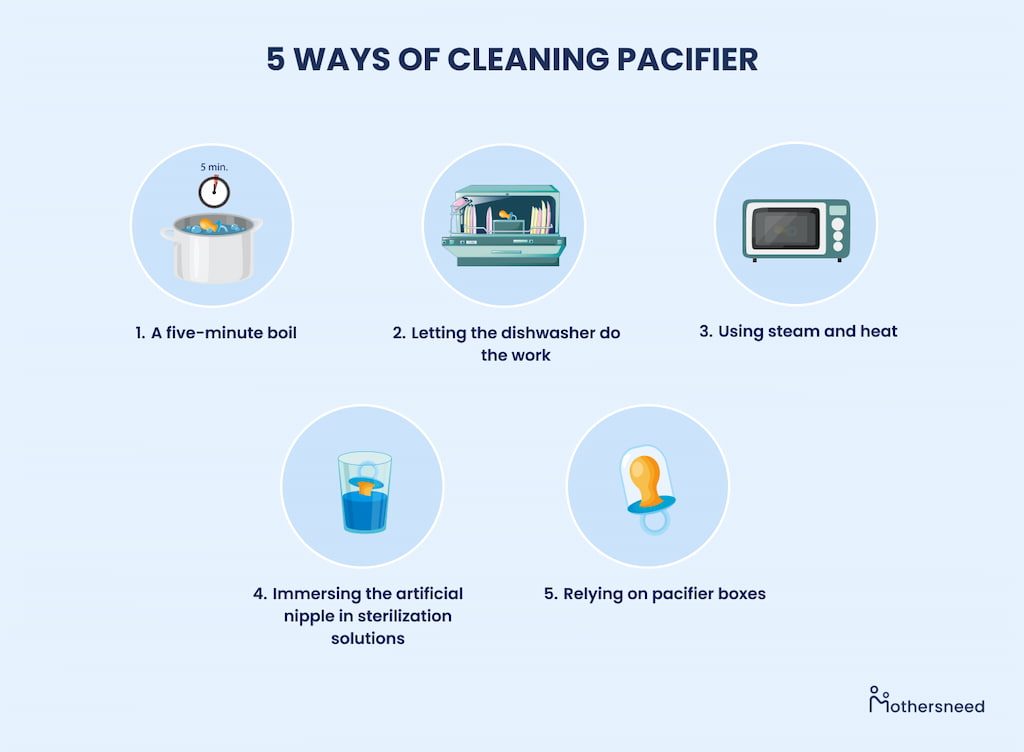
A Five-Minute Boil
To sterilize pacifiers, boil the item in a pot filled with water. Let the baby’s pacifier boil for 5 minutes. When boiling pacifiers, make sure the water covers the product completely. To avoid contamination, dedicate a pot solely to boiling pacifiers or bottle nipples.
Letting the Dishwasher Do the Work
Some parents use the dishwasher to clean pacifiers, particularly in bulk. Although the dishwasher can be useful for cleaning, it could damage the baby’s pacifier. So, it’s a good idea to place all pacifiers on the top shelf and avoid some damage. Don’t forget to use feeding equipment for babies that’s dishwasher safe.
Using Steam and Heat
Steamers or vaporizers work well to sterilize a pacifier with heat. Feel free to use microwaveable sterilization containers or similar devices that provide the desired result.
Immersing the Artificial Nipple in Sterilization Solutions
Parents often soak the pacifier in a mixture of sterilizing fluid with some water. Follow the soaking instructions on the product for babies to avoid damaging the pacifier when submerged in the sterilizing solution.
Relying on Pacifier Boxes
Certain pacifiers are packed in unique boxes that can sterilize the surface in the microwave and keep the pacifiers clean.
When is Sanitizing Pacifiers a Top Priority?
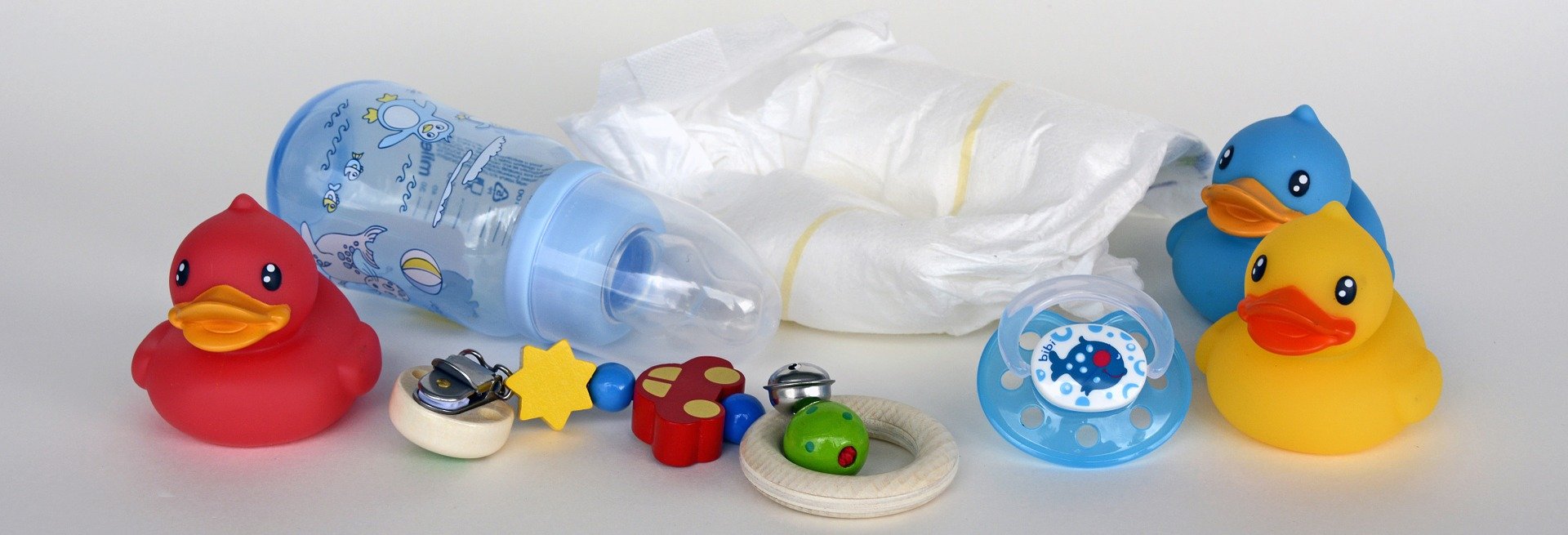
It’s vital to sterilize every feeding equipment your baby uses for a few minutes until they are at least 1 year old. That includes pacifiers, teats, and bottles. Regular cleaning protects the baby from infections, germs, and health complications, like vomiting or diarrhea. Dedicate some time to sterilizing any product. Clean the feeding equipment with soapy hot water after feeding, experts suggest. Wash your hands before cleaning products such as these.
Extra Tips: Don’t dip the pacifier or dummy in syrup, chocolate, or sugar. This can damage or rot the baby’s teeth.
Sucking on Baby’s Pacifier to Clean It – Yes or No?
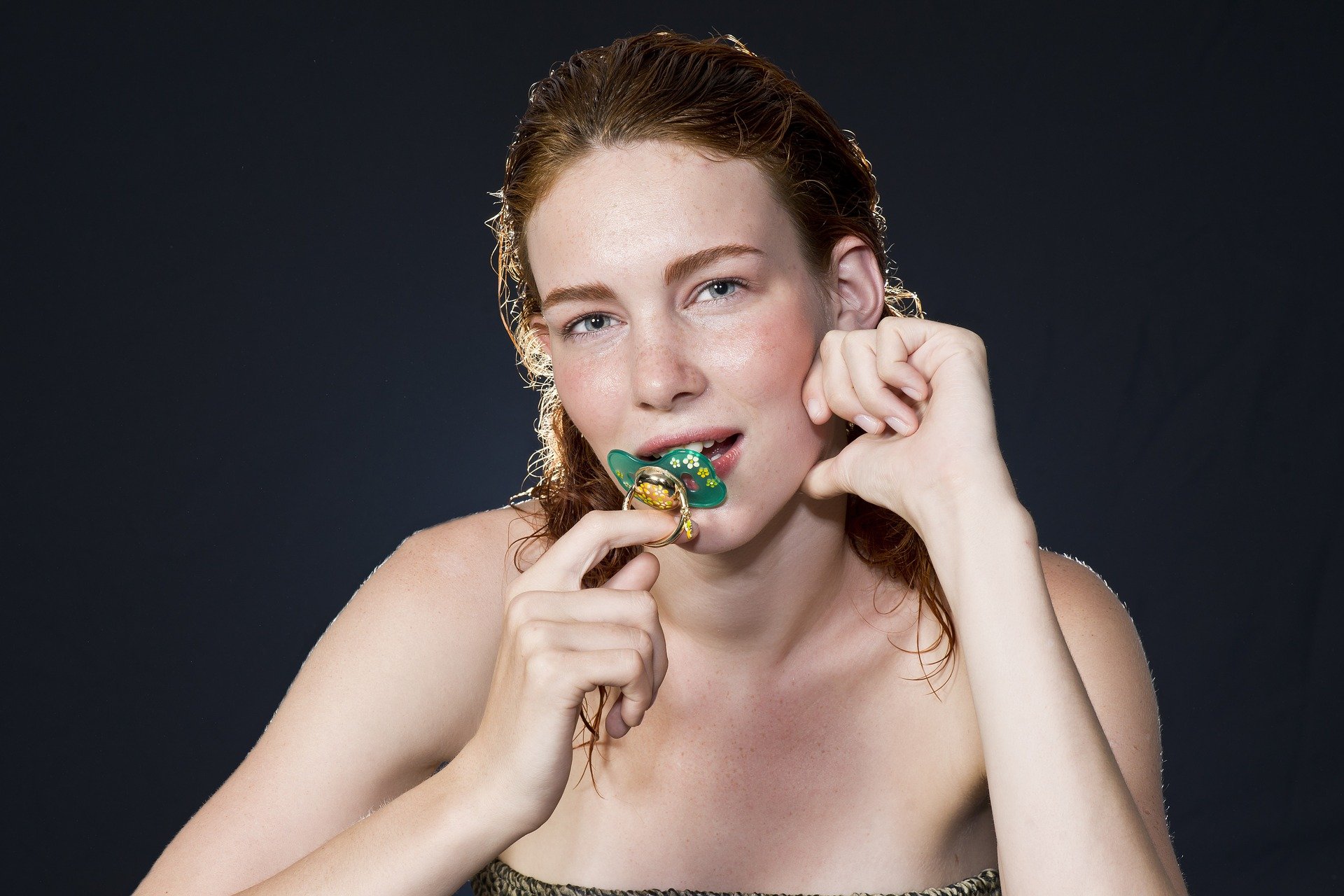
When caregivers suck the pacifier to clean it, they increase the likelihood of carrying germs and bacteria from their mouth onto the pacifier. Sucking can transmit germs to their baby. So, no. Don’t lick the pacifier to give it a quick clean. Wipe it, rinse it, or replace the pacifier instead.
Note: Use a dry container with a tight cover to store the clean feeding equipment and avoid germs.
When to Stop Sanitizing Pacifiers?
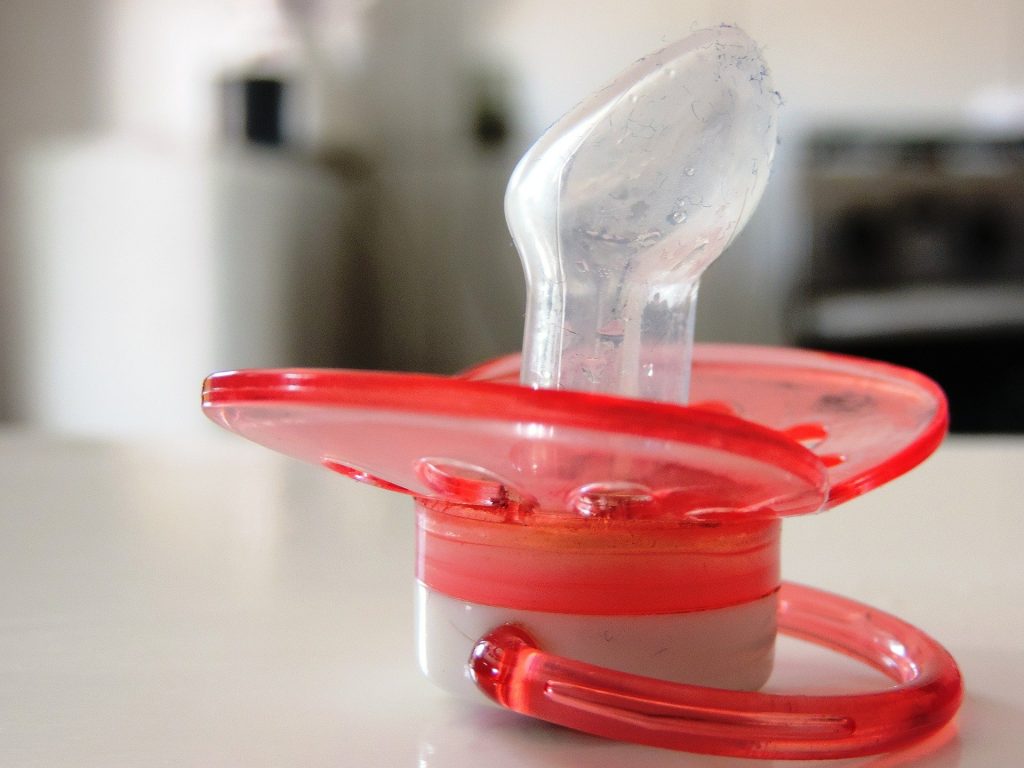
Feel free to stop cleaning pacifiers or other baby products when your child has stopped using them. The baby will eventually grow out of it, so you don’t have to worry about cleaning the product or putting it in bacteria-free storage spaces.
Proper Tactics to Sterilize Bottles for Flawless Results
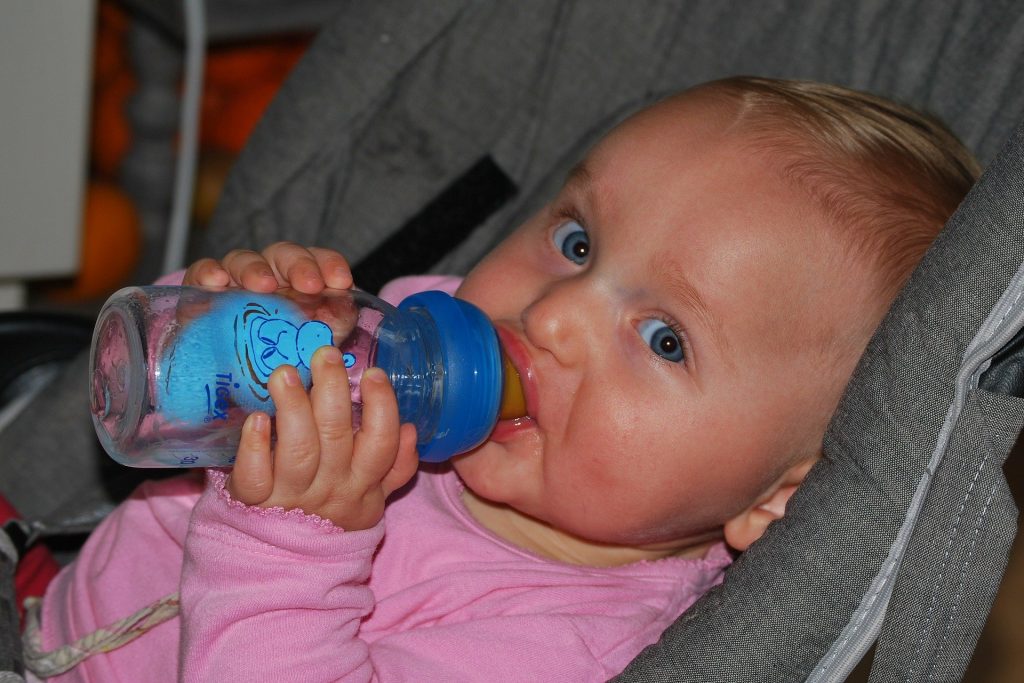
Cleaning baby’s bottles with soapy water is equally important as sanitizing pacifiers. The bottle is the key aspect of feeding your baby. So, you must clean the equipment and nipples as thoroughly as possible. Start by separating the teat and bottle and washing them with soap and water. Take a soft bottle brush to rub the insides. This will get rid of the leftover milk that’s stuck to the surface. Rinse the bottle once more and get under every nook and cranny. Sterilize the bottle from time to time as well. You can use the following:
- Boiling water– Submerge the bottle for five minutes in boiling water without melting the product. Let it cool and air dry after the full boil.
- Sterilizing chemicals – Separate the feeding equipment before sterilizing. Use the chemical solution according to the instructions specified on the product. Then clean the container.
- Steam sterilizing – Follow the instructions listed on the steam sterilizer you purchased.
Note: Purchase a bottle designed to minimize the presence of air bubbles. A bottle that doesn’t trap all the air inside won’t strain the baby’s sensitive digestive tract too much.
Wrap Up
Every caregiver should sterilize pacifiers, bottles, and teats. This is the “bread & butter” of a healthy mouth. Your baby can easily reduce the risk of getting sick and falling asleep. Plus, you can rest assured knowing that the child avoids putting germs in their mouth. Now that you know the right cleaning tactics, you will have an easier time sterilizing the feeding equipment.



